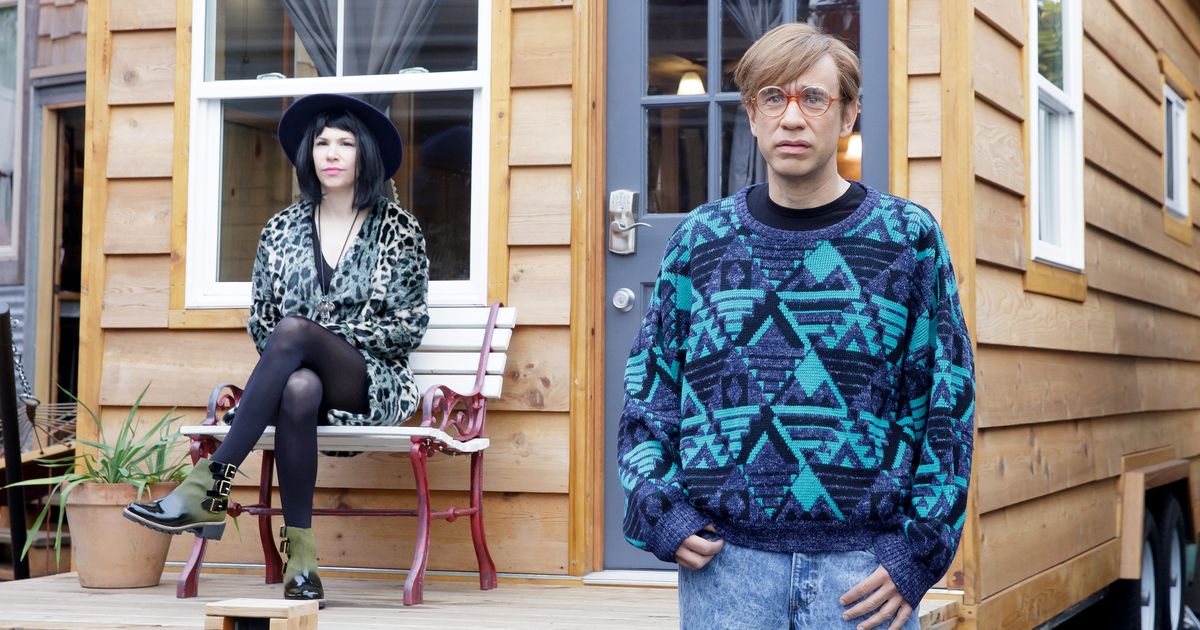- The Inquisitive Outsider
- Posts
- The Intentional Rocky Theory
The Intentional Rocky Theory
A mini course for TIO subscribers.

For as little as $4 a month!
Table of Contents
The Intentional Rocky Theory

Whether you grew up in Philadelphia or not, you know that the movie Rocky is a cultural phenomenon. He was a gritty, hard-nosed, blue-collar boxer with no quit who got the whole city to rally behind him because, at his core, he was the perfect embodiment of it.
He didn't even win the big fight, but so what? He didn't quit! That's the Philadelphia fighting spirit.
This movie was so legendary and powerful that it went on to make over $200,000,000 at the box office and led to the erection a statue in one of the most prominent areas of Philadelphia. To this day, almost 50 years later, people still travel from around the world just to run up the Art Museum's steps and throw their hands in the air like him.

That is a compelling IP.
If only there were a way to track that content to action/buying conversion. Almost fifty years of money have been plunged into travel, tourism, and hospitality. What do you imagine has been generated in total? Multi-millions? Billions with inflation? Rocky might just be the greatest long-form commercial in the history of media because of the size and length of its return.
Let's imagine for a second.
Imagine if this was done intentionally.
I'm a big “business and marketing conversations happening at the point of conception” kind of guy because you can't sell without a story, or at least you shouldn't, and the power of Rocky has informed the way I think and strategize. Imagine if the creators designed this film as a trojan horse to partner with the local businesses that made cameos.
What if there was a Rocky discount code they could use to track the number of people who visited the different businesses and purchased items?
The Art Museum, Esposito's Meats, Pats King of Steaks, etc. What if it did so well that when Rocky 2 came around, they could leverage that traffic into an equity stake in the businesses since their creativity and marketing presented a clear value for both parties? Imagine if the creators thought of building their own business and using this as a vehicle for promotion. Workout attire, a gym, a deli, or their own travel and tourism brand. etc.?

This is common. Movies and television have always been long-form commercials via real-world applications or docu-style presentations for brands looking for placements. Still, both sides are rarely considered by one brand and produced simultaneously. You must learn to own the media world and the product inside of it because what ends up happening is the audience falls in love with the character or personality. Then, naturally, they fall in love with the things/lifestyles that also matter to them. This is all product.
Other Notable Examples:
Marlon Brando is wearing the Schoot Jacket in the movie Wild One.

Tom Cruise and Aviator Glasses in Top Gun.

Jennifer Anistons “The Rachel” hairstyle in Friends.

The pastel fashion of Miami Vice.

I might be aging myself at this point. Anywho.
People loved Rocky and the city he was a product of. He cherished that city; it meant the world to him, and he wore it on his back. Because of that, the audience became infatuated with the city. Philadelphia was the product, and consumers are still buying it. The same was done with me. People love me, what I represent, and my presentation, allowing me to use my influence to push them to products and other experiences.

So, with this Inquisitive “Thought Experiment,” take time to discover yourself, your positioning, and how to present it.
What's you're Intentional Rocky? How do you turn your Art into Equity?
Homework:
Read - Portlandia Example. How one show promoted a whole town.
Questions
What examples can you think of, like Rocky or Portlandia?
Why are they similar?
What makes them unique?
What opportunities did you see for Art to Equity within these examples?
Better Questions to Deepen Understanding
Drop these into ChatGPT, and see what rabbit holes of discovery you fall down that will help you become more intentional about your brand and the media around it.
How can emerging brands leverage pop culture to create similar influential moments that drive consumer behavior?
What key elements make certain fashion or lifestyle choices in media resonate strongly with audiences?
How do brands strategically place their products in movies or TV shows to maximize exposure and influence?
What are the long-term effects of such pop culture influences on consumer behavior and brand loyalty?
How can small businesses emulate the success of these large-scale media influence strategies within their own marketing efforts?
Conclusion
Your story can and will be a catalyst for so much. If you believe it.
This doesn’t have to be for a physical product, by the way; the sale is up to you; just be intentional about efficiently driving that traffic to the desired outcome.


Reply